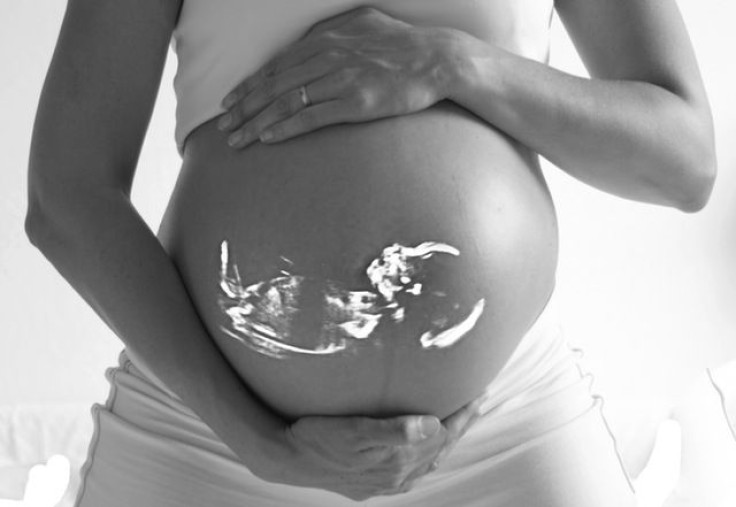Signs Of Miscarriage: Lack Of Stem Cells In Womb Lining Linked To Higher Risk Of Repeated Spontaneous Abortion

A visit to the OB-GYN to confirm a positive home pregnancy test is one of the most life-changing moments in any woman’s life. The very first ultrasound to the first kick indicate the baby is healthy and well, but a sudden miscarriage, or several miscarriages, can leave an estimated one in 100 women with more questions than answers.
Now, a major breakthrough in research has found one of the causes for unexplained multiple miscarriages, which could lead to a preventative treatment being developed within the next five years. Published in the journal Stem Cells, researchers at Warwick University found a lack of stem cells is likely the cause of accelerated aging in the womb lining that leads to repeated failed pregnancies.
“We have discovered that the lining of the womb in the recurrent miscarriage patients we studied is already defective before pregnancy," said Jan Brosens, professor of Obstetrics & Gynecology at Warwick Medical School at the University of Warwick, and Consultant in Reproductive Health at University Hospitals Coventry and Warwickshire NHS Trust, in a statement.
Brosens and his colleagues examined tissue samples from the womb lining donated by 183 women who were being treated for multiple miscarriages at the university’s hospitals. In the study, habitual abortions were defined as the loss of three or more consecutive pregnancies. The researchers discovered that the “epigenetic signature"that is typical of stem cells was absent in the samples taken from the women.
Usually, after each menstrual cycle, miscarriage, and birth, the uterine lining renews itself. The shortage of stem cells is likely attributed to the accelerated aging of this lining, and is probably increasing the risk of miscarriage. Although the lining is sufficient for an embryo to be implanted, the cells that surround it cannot support embryonic development.
Brosens emphasized: “Cultured cells from women who had had three or more consecutive miscarriages showed that ageing cells in the lining of the womb don’t have the ability to prepare adequately for pregnancy.”
With this information about the likely cause of repeat miscarriage, researchers hope to develop new preventative treatments for pregnancy loss. They believe they will be able to correct these defects before the patient attempts subsequent pregnancies with a two-fold focus. First, they hope to improve screening for women at risk of recurrent miscarriage by developing new endometrial tests.
In an endometrial biopsy, the doctor takes a small tissue sample from the lining of the uterus to view it under a microscope for abnormal cells. The results may show cell changes linked to hormone levels, or abnormal tissues, such as fibroids or polyps, according to Johns Hopkins Medicine. These can lead to abnormal bleeding. These biopsies are done to determine whether the lining of the uterus can support a pregnancy.
Second, the researchers suggest carrying out an endometrial “scratch.” This procedure involves superficially scratching the lining of the womb and is already used in vitro fertilization (IVF). The scratch works by yielding a “repair reaction,” which helps boost implantation rates. Brosens and his team believe it can help increase the number of stem cells in the womb lining.
Treating a lack of stem cells may be the only way to really prevent multiple miscarriages in women. Miscarriages affect 10 to 20 percent of pregnancies, and most commonly occur at any time within the first 12 weeks of pregnancy. One percent of women trying to conceive will experience recurrent pregnancy loss (RPL).
The researchers believe the major breakthrough will help many women to have a healthy conception and birth.
Source: Lucas ES, Dyer NP, Murakami K et al. Loss of Endometrial Plasticity in Recurrent Pregnancy Loss. Stem Cells . 2015.



























